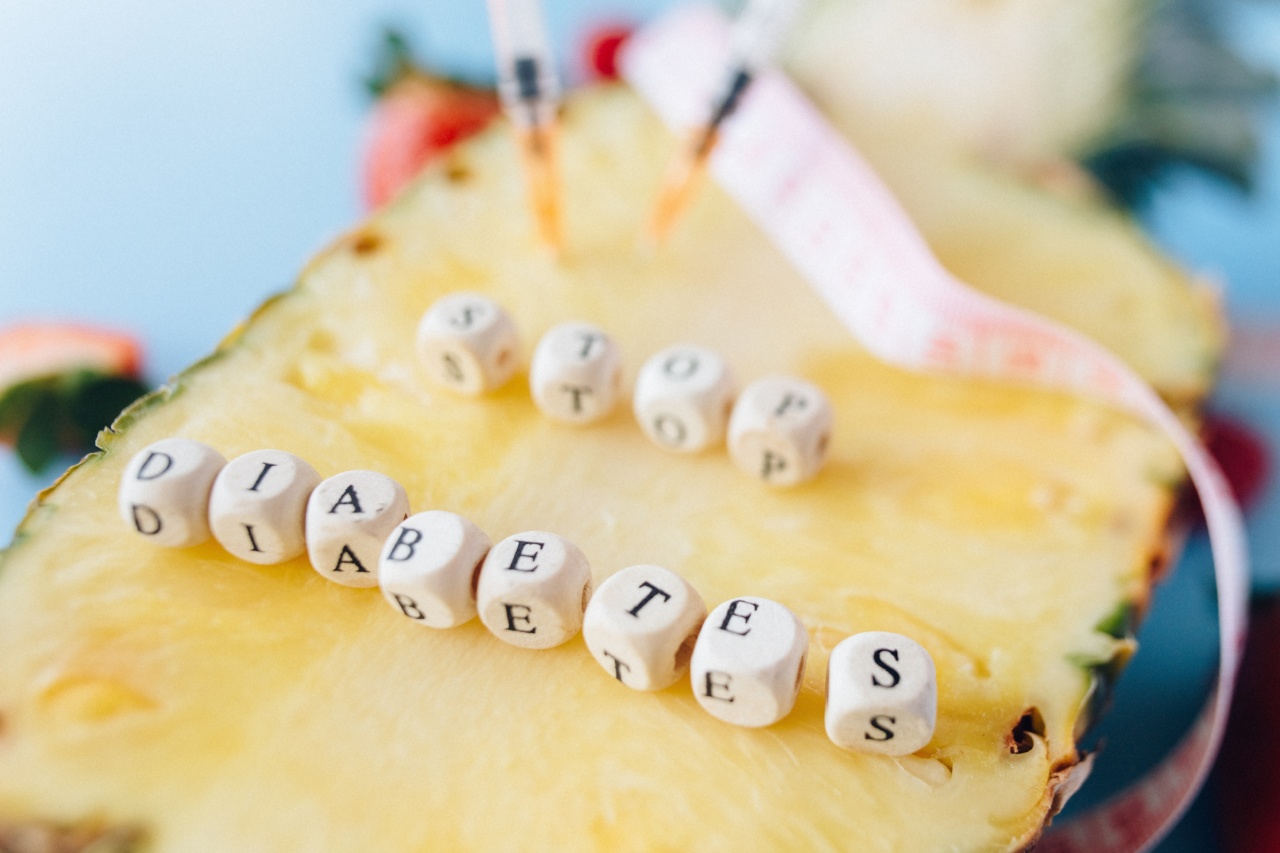Diabetes is a chronic disease that affects millions of people all around the world. It is a condition that requires constant monitoring and management, and can have serious consequences if left untreated or poorly controlled.
For those with diabetes, mealtime can be a particularly challenging time, as blood sugar levels can spike after eating.
Fortunately, there are several strategies that can help you take control of your diabetes, and one of the most effective is the SOS post-meal movement.
What Is SOS Post-Meal Movement?
SOS post-meal movement is a simple strategy that involves taking a short walk after a meal to help regulate blood sugar levels.
The term SOS stands for “short-acting insulin-only user,” which refers to people who take insulin to manage their diabetes. However, the benefits of post-meal movement apply to everyone with diabetes, regardless of their treatment plan.
After a meal, blood sugar levels tend to rise, especially if the meal is high in carbohydrates. This is because carbohydrates are converted into glucose during digestion, which is then released into the bloodstream.
Insulin, a hormone produced by the pancreas, helps regulate blood sugar levels by facilitating the uptake of glucose into cells to be used for energy or stored for later use.
In people with diabetes, the body either does not produce enough insulin or is not able to use insulin effectively, leading to high blood sugar levels. This is why insulin therapy is often a key component of diabetes management.
The SOS post-meal movement strategy takes advantage of the fact that physical activity can help lower blood sugar levels by increasing insulin sensitivity and facilitating the uptake of glucose into cells.
How Does SOS Post-Meal Movement Work?
The basic premise of post-meal movement is simple: after eating, take a short walk of about 10-15 minutes to help lower blood sugar levels.
The timing of the walk is important, as it should take place soon after you finish eating, ideally within 30 minutes to an hour.
The duration and intensity of the walk are also important factors to consider. The goal is to engage in moderate intensity exercise, which means that you should be breathing harder than normal but should still be able to carry on a conversation.
Aim for a pace of about 3-4 miles per hour, or a brisk walk.
In addition to walking, other types of physical activity can also be effective in lowering blood sugar levels after a meal. These can include cycling, swimming, or even doing household chores like washing dishes or folding laundry.
The Benefits of Post-Meal Movement for Diabetes Management
There are several benefits to incorporating post-meal movement into your diabetes management plan. Here are just a few:.
Regulating Blood Sugar Levels
The primary benefit of post-meal movement is its ability to lower blood sugar levels after a meal. This can help prevent hyperglycemia, which can cause a range of symptoms such as fatigue, thirst, and blurred vision.
Consistently high blood sugar levels can also contribute to long-term complications such as nerve damage, kidney disease, and cardiovascular disease.
Improving Insulin Sensitivity
Engaging in physical activity regularly can help improve insulin sensitivity, which means that your body is better able to use insulin to regulate blood sugar levels.
This can be especially helpful for people with insulin resistance, which is a common precursor to type 2 diabetes.
Weight Management
Regular physical activity can also help with weight management, which is an important aspect of diabetes management.
Carrying excess weight can make it more difficult to control blood sugar levels, so losing weight or maintaining a healthy weight can make a big difference.
Mood and Energy
Physical activity can also have mood-boosting and energy-boosting benefits. Getting up and moving can help combat feelings of sluggishness or brain fog, which can be common after a meal.
Tips for Incorporating Post-Meal Movement Into Your Routine
If you are interested in incorporating post-meal movement into your diabetes management plan, here are some tips to get you started:.
Make It a Habit
Consistency is key when it comes to post-meal movement. Try to make it a daily habit, especially after meals that are higher in carbohydrates. You may want to set a reminder on your phone or calendar to help you remember to take a walk after eating.
Partner Up
Walking with a friend or family member can help make post-meal movement more enjoyable and can also provide accountability. Having a walking partner can help you stay motivated and on track with your exercise goals.
Find the Right Time
The timing of your post-meal walk can make a difference in its effectiveness. Ideally, you should aim to walk within 30 minutes to an hour after finishing your meal.
This will give your body time to digest the food and for blood sugar levels to start to rise.
Start Slow
If you are new to physical activity, start slowly and gradually increase the duration and intensity of your walks over time. Aim for a brisk walk of 10-15 minutes after meals to start, and then gradually increase to 30 minutes or more.
Monitor Your Blood Sugar Levels
Regularly monitoring your blood sugar levels can help you determine if post-meal movement is having a positive impact on your diabetes management.
If you notice that your blood sugar levels are consistently high after meals, talk to your healthcare provider about other strategies you can try.
The Bottom Line
SOS post-meal movement is a simple and effective strategy that can help you take control of your diabetes and regulate your blood sugar levels.
By incorporating regular physical activity into your daily routine, you can improve your insulin sensitivity, manage your weight, and promote better overall health and wellbeing.





























